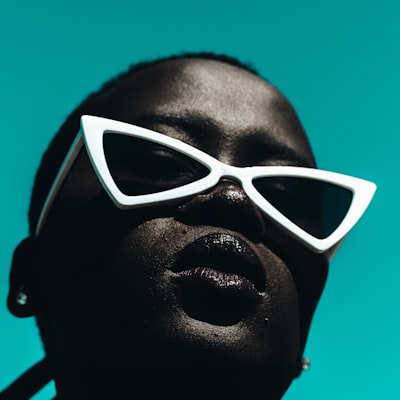Fashion Design - A Great Career

Ever wonder what goes into a successful 디자인출원 ? How is the design process organized, and how can you ensure that the final product is what you envisioned in your head? Wonder no more, dear reader, as we're about to teach you all there is to know about applying fashion design to real life.
The fashion industry: An overview
The fashion industry is a massive one, representing a collective value of around $12 trillion per year (source).
Fashion is a broad term that encompasses aesthetic appeal as well as functional clothing items like coats and shirts. It is a form of art that is both subjective and individualizing, meaning that what is considered ‘fashionable' changes with time and place. Plus, of course, it is subjective to what the designer intends.
As for the ‘functional' side of fashion, you may be familiar with fast fashion chains like Zara and H&M, which offer a wide variety of clothing items at affordable prices. Zara is Spain's biggest fashion retailer, and as well as their budget-friendly clothes, they're also known for their ‘flash sales', where they offer deep discounts on regularly-priced items. H&M follows a similar strategy, only on a larger scale.
These businesses are a part of the fast-fashion industry, which accounts for around 45% of total garment sales (source). Interestingly, this figure has been steadily increasing over the past few years, and now stands at more than 60% of total garment sales.
Why fashion design?
Even though the fashion industry is a massive one, it still only accounts for around 3% of the total economic value created by design. Moreover, only around 1% of the population actually creates most of the fashion design (source). Meaning that if you're looking to break into the industry, you're already competing against some of the most experienced professionals in the world!
Design is a form of art that is both unique and invaluable. It is a subjective form of art that is highly dependent on each person's unique perspective and it is also highly adaptable. These factors make it highly prized and significantly more useful than traditional forms of art like painting or drawing. Finally, designers can help with the whole ‘functional side' of fashion too!
What is a fashion designer?
A fashion designer is someone who creates unique, one-of-a-kind clothing items for men and women. They may also work with knitwear, tailoring, and jewelry brands. A fashion designer's job is to take a ‘blank canvas' (your body) and help you to express yourself through your wardrobe.
Most fashion designers will work in a highly creative environment, where they will be given free rein to express themselves through fashion. They will work with top notch facilities, cutting edge technologies, and the world's best materials. Finally, when the time is right, they will present their clients with unique pieces of wearable art that they've created.
The design process
Now, let's get into the nitty-gritties and see how fashion design actually happens. First, you'll need to decide what you want your fashion design to look like, and then you'll need to research the best materials to use to make it.
For instance, if you were designing a line of active wear, you might want to use a material that is both visually appealing and functional. Perhaps you could use synthetic materials to create trendy yet functional clothing items.
Deciding what you want your clothing items to look like is a process of trial and error. You don't always know what will work best until you've tried it. That's why it's so important to take your time and do your research. Don't be afraid to take a ‘less than perfect' design and remake it until you've got something that works. This is one of the primary reasons why fashion design is considered a ‘trial and error' profession.
Once you've come up with a winning design, it's time to create a prototype. Prototypes are merely three-dimensional ‘dress-like' models that allow you to test out different designs and give clients a sense of what they are ordering. They are also a great tool for designers who want to see how their design will look in real life before committing to production. Plus, having a physical representation of your design will prove to your clients that they are not only buying a unique piece of clothing but that they are also getting something that they can use as soon as they exit the store.
This is another reason why fashion design is a ‘trial and error' profession: so that you can constantly be testing out your designs. Sometimes, you'll need to go through several prototypes before arriving at a design that works best. Moreover, sometimes, a piece of clothing will require multiple redesigns before you've got something that works as planned.
Key facts about fashion design
Fashion design is a hugely valuable profession, not only because it is so much fun to do but because of what you can potentially achieve. The average fashion designer can expect to earn a salary of around £65,000 per year with bonuses, commission, and overtime pay (O.T.).
Those who become fashion designers typically do so because they enjoy creating unique and one-of-a-kind items for men and women, and also because they want to be able to develop their own style and take charge of their wardrobe's design. As you can see, there is a lot of opportunity for those who choose to become fashion designers, and also for those who want to be part of this exciting industry!
